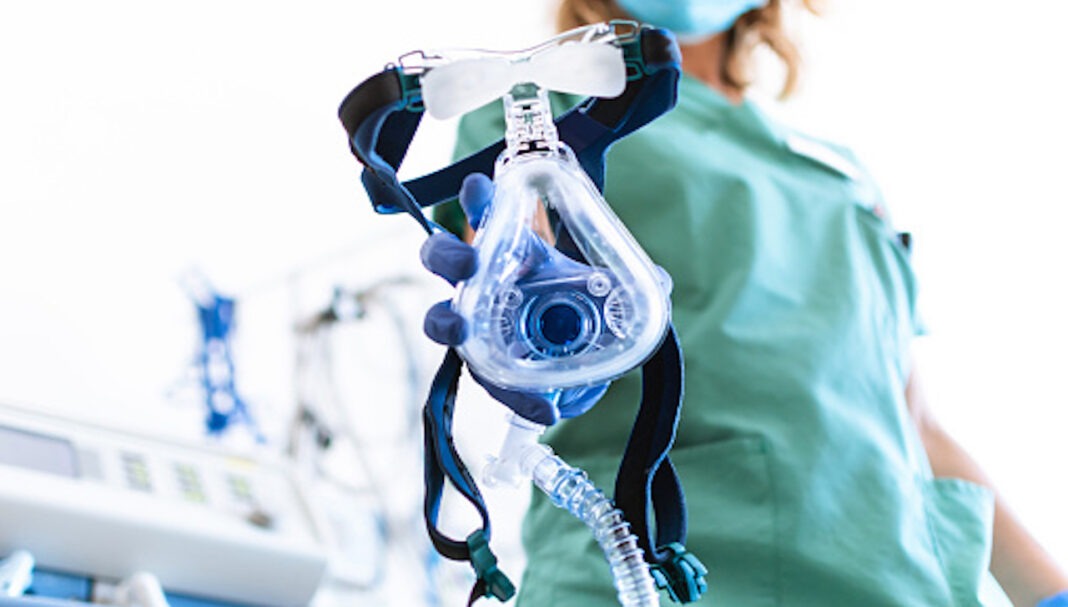Case Scenario
The medical emergency team (MET) is called to review a 65-year-old man on the surgical ward. He is at day 4 following a Whipple’s procedure for pancreatic cancer. On arrival, he is noted to be hypotensive with a systolic blood pressure of 85 mmHg, bradycardic with a heart rate of 48 bpm, and hypoxic to 93% O2 on room air. The MET team initiates oxygen therapy, intravenous fluid bolus, and begin to investigate a cause for the deterioration.
Learning ObjectivesAfter reading this article, pharmacists should be able to:
Competency (2016) standards addressed: 1.1, 1.4, 1.5, 2.2, 3.1, 3.2, 3.5 |
Already read the CPD in the journal? Scroll to the bottom to SUBMIT ANSWERS.
Introduction
It is an Australian healthcare standard that all Australian hospitals have processes to identify, respond to and manage patients with an acute clinical deterioration, with the goal of reducing in-hospital cardiac arrest and mortality
THIS IS A CPD ARTICLE. YOU NEED TO BE A PSA MEMBER AND LOGGED IN TO READ MORE.















